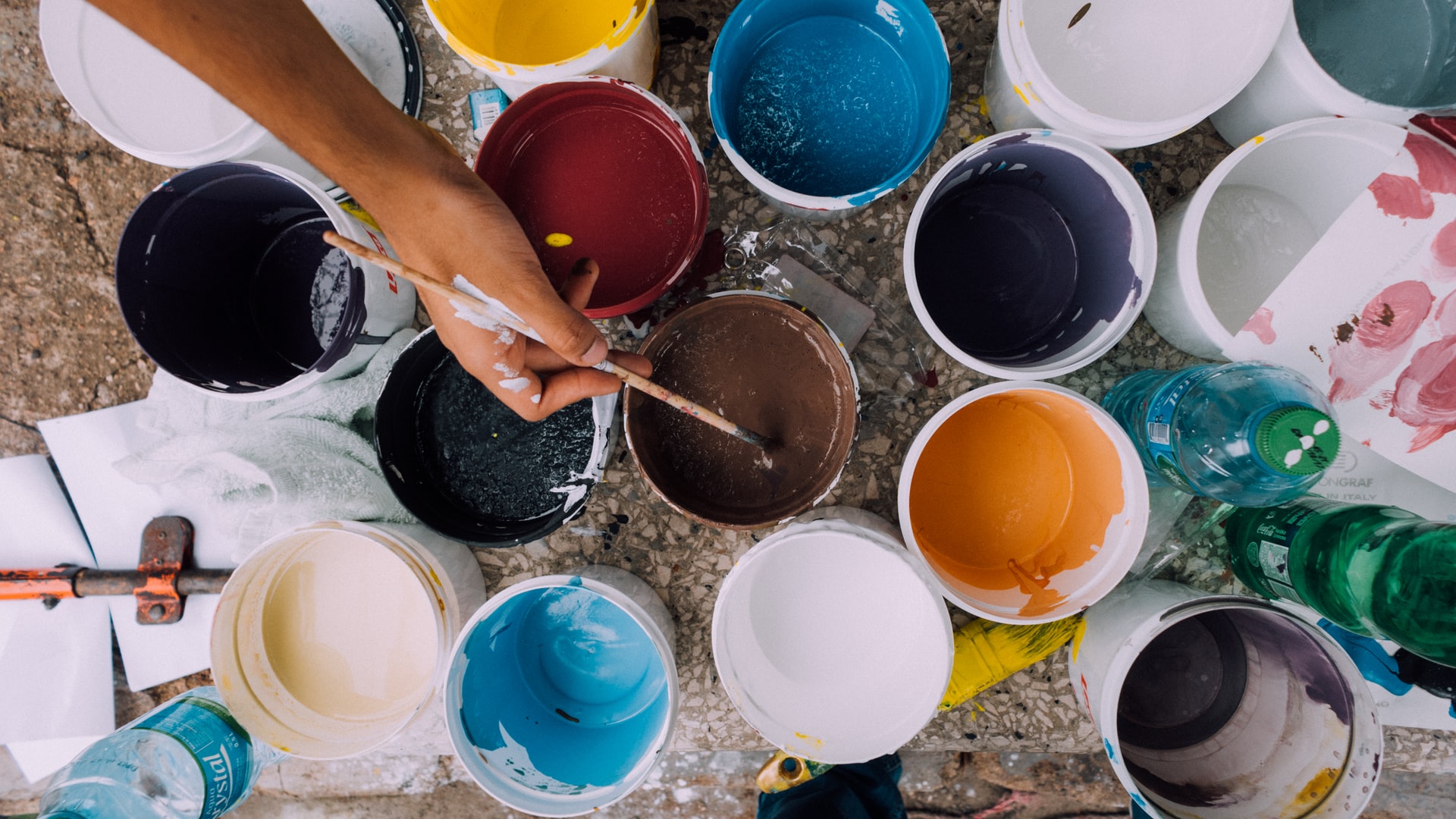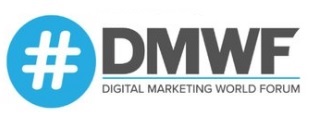
The story of a Sherwin-Williams employee who was fired after the company saw his viral TikTok channel focused on paint mixing has led to plenty of reaction around the decision, as well as discussion around wider influencer marketing and user-generated content (UGC) strategies.
Tony Piloseno, who worked part-time at a Sherwin-Williams store in Ohio, had built a 1.2 million-strong TikTok audience for his channel which showcased paint mixing. As reported by BuzzFeed, Piloseno was terminated for gross misconduct, ‘wasting properties [and] facilities’ and ‘seriously embarrass[ing] the company or its products’.
Piloseno denied the charges, saying he purchased cans of paint with his employee discount. He added that he had reached out to Sherwin-Williams’ marketing department – and even prepared a deck – pointing to his account as an example of viral engagement to a Gen Z audience, but to no avail. One video in particular, where Piloseno added blueberries to white paint, was cited by Sherwin-Williams as an issue because the company was dealing with a large volume of inquiries as a result.
The coronavirus pandemic has disrupted many methods of marketing, enhancing some while casting others aside. Could this be seen as an eschewing of a legitimate marketing channel amid uncertain times? Two separate reports, from SocialPubli and HypeAuditor, explore the rationale for influencer marketing right now.
SocialPubli and HypeAuditor studies offer ideas on influencer best practice
SocialPubli’s 2020 Influencer Marketing Report: A Marketer’s Perspective, polled 200 marketing professionals from 15 countries earlier this month. The reason was simple: changes in the influencer industry were being felt as soon as Covid-19 began, yet influencer marketing spend continued to rise this year. So what is behind the headlines?
Overall, the report found influencer marketing continues to generate solid returns for organisations. 89% of marketers polled said they believed IM was effective, with two in five (42%) saying it was their top ROI-generating strategy. Yet a third of respondents (32.8%) said they had ‘major changes’ in influencer marketing spend.
Instagram was cited by an overwhelming 96% of respondents as the primary medium for influencer partnerships, with TikTok considered as a preferred platform for one third of those polled. This chimes with a report from Tribe Dynamics last month, where more than three quarters (78%) of brands used Instagram Stories to ‘very significantly’ impact their influencer content. Since then Twitter has launched Fleets, whose resemblance to Stories, as well as Snapchat, has been widely noted.
In terms of influencers themselves, 88% of marketers said they preferred to work with influencers who had a following of less than 100,000. The preference ‘correlates with the evolution of influencer marketing overall, as marketers shift their goals from reach to engagement’, SocialPubli added.
Going further into this, another study, Socialbakers’ State of Influencer Marketing report in June, noted the importance of micro-influencers. ‘Nano-influencers’, whose audience does not exceed 10,000, were also noted, representing one third of all Instagram influencer brand collaborations in April according to the report. Ismael El-Qudsi, CEO of SocialPubli, told MarketingTech this time last year about the importance of micro-influencers and managing ideas and expectations.
Quality control is also key. Almost three quarters (72%) of those polled by SocialPubli said they preferred influencers to create 100% original content using their own creativity and insights. Influencer marketing, El-Qudsi said, “continues to experience tremendous growth across a wide range of niches because it builds authentic relationships that lead to meaningful engagement in a time when content is everywhere, but attention is scarce.”
A separate study from HypeAuditor, a provider of software which aims to create transparency for influencer campaigns, found influencers and brands had seen an uptake since the Covid-19 outbreak.
Of the almost 1,000 social media influencers and brands polled, 59% of influencers said they had seen an increase in brands working with them, while 50% of brands had allocated more budget to IM since the pandemic began.
The need for reducing fraudulent followers, of which HypeAuditor’s platform emphasises, was also noted in the SocialPubli research. More than half (54%) of marketers polled there said the industry’s main challenge was ensuring the authenticity of influencers’ followers. Elsewhere, two in three influencers (66%) said they felt added pressure to create content, with many citing new kids on the block as a primary reason.
Alex Frolov, CEO and co-founder of HypeAuditor, said the ‘stakes were high’ as a result. “It is more important than ever before for brands to wise up and make their influencer marketing strategies as authentic and transparent as possible,” said Frolov.
Analysis: Sherwin-Williams and the ‘great ideas from frontline employees that die in middle management’
Going back to the Sherwin-Williams story, a glance of LinkedIn, from various comms professionals and marketers who discussed the story, shows only one flow of opinion. One choice quote notes that the story is “a reminder of the many great ideas from frontline employees that die in middle management.”
So what can be learned from this based on the stats coming out of influencer marketing reports? Piloseno’s base, of 1.2m, is higher than many marketers’ recommended amounts. Their authenticity – or rather, their likelihood of actually buying Sherwin-Williams’ product – could also be questioned, although some Twitter users have said they will boycott the company as a result. The content, however, was 100% original and creative, which arguably caused an existential problem in itself.
User-generated content (UGC) promoting your brand, whether it is from customers or employees, needs to be handled correctly. One of the more interesting perspectives came from Kenneth To, marketing analyst and co-founder of augmented reality studio Foundry Six.
To wrote of the importance of learning from social media ‘anti-patterns.’ Another example cited was of Nintendo shutting down a fan-run tournament involving one of its games. Whether it’s encouraging employees to share enthusiasm about their job on social media during work, or allowing fans to create content without sending legal complaints, To noted that of his research logging successful and unsuccessful marketing campaigns, ‘the combination of reference points to both [leads] to a significantly higher ideation and creativity.’
One other point needs to be noted here. According to data from Ipsos Canada and the Ad Nation 2020 report, a clear gap remains between what marketers think consumers do as opposed to what they actually do. Divergence from marketers’ estimates on Instagram, Twitter and TikTok use ranged from 116%, to 196%, to 331% respectively. While influencer marketing remains a significant tool with ROI gradually being proved, it it also important to keep a sense of perspective.
You can read the SocialPubli report here (email required).
Photo by russn_fckr on Unsplash

Interested in hearing leading global brands discuss subjects like this in person?
Find out more about Digital Marketing World Forum (#DMWF) Europe, London, North America, and Singapore.






Thank you for this amazing article. It helped me much